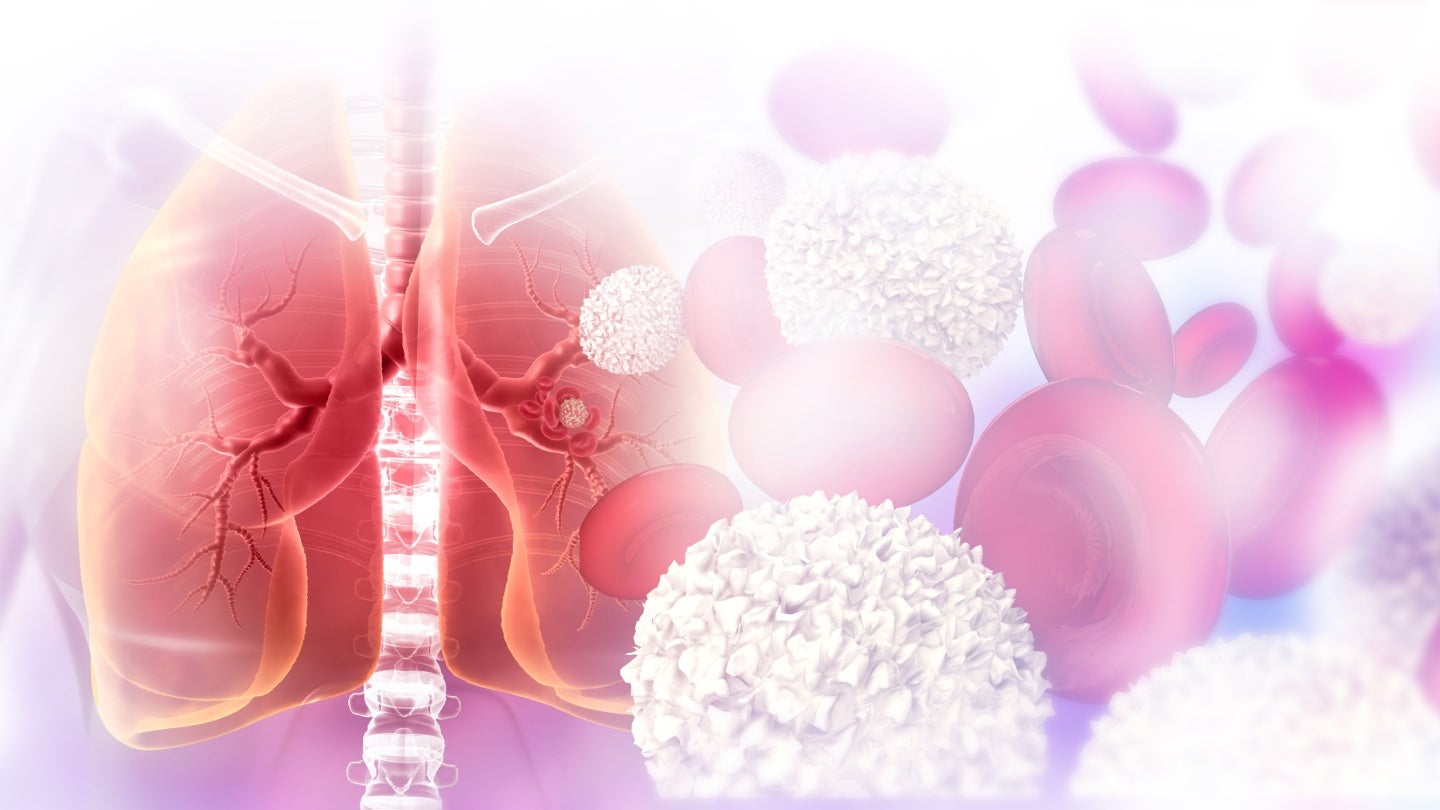Comprehensive Structural Study Reveals Insights into Chromatin Remodeling
Chromatin remodeling is a critical process in gene regulation, intricately linked to how DNA is accessed within the cell. Recently, researchers from St. Jude Children’s Research Hospital, under the guidance of Mario Halic, PhD, have made a groundbreaking advancement in understanding this complex process through a detailed structural study of the chromatin remodeler known as […]


Chromatin remodeling is a critical process in gene regulation, intricately linked to how DNA is accessed within the cell. Recently, researchers from St. Jude Children’s Research Hospital, under the guidance of Mario Halic, PhD, have made a groundbreaking advancement in understanding this complex process through a detailed structural study of the chromatin remodeler known as SNF2H. Their findings, published in the esteemed journal Cell Research, uncover 13 distinct structures of SNF2H, offering an unprecedented view of the molecular motions that facilitate nucleosome sliding, a key mechanism in gene accessibility.
This research is particularly significant given the essential role chromatin remodeling plays in cellular function. The chromatin structure comprises DNA tightly wrapped around proteins called histones, forming nucleosomes that package the genetic material within the nucleus. These nucleosomes can slide along the DNA strand, a process that regulates gene accessibility and, consequently, gene expression. However, the precise mechanics of how remodeling occurs have remained elusive, until now.
To tackle this challenge, Halic and his team employed cryo-electron microscopy (cryo-EM), a sophisticated imaging technique that allows for the observation of biomolecules in near-native states at high resolution. This method enabled them to capture SNF2H in real-time as it interacted with nucleosomes in the presence of ATP, the energy currency of the cell. Unlike previous studies that focused on static snapshots of the protein in various states, this innovative approach provided insights into the continuous motions of the remodeling enzyme as it manipulated the DNA structure.
The analysis of data yielded 13 distinct states of the SNF2H-nucleosome complex, each corresponding to different moments during the nucleosome sliding process. By categorizing these structures into five groups based on their respective functional states, the researchers were able to piece together the dynamic choreography of the remodeling process. This comprehensive mapping sheds light on the intricate relationship between structural changes in chromatin and the regulation of gene accessibility.
An intriguing aspect of this research involved the systematic introduction of specific mutations and crosslinks—artificial restraints designed to stabilize certain conformations of the protein. This experimental strategy allowed the researchers to verify the significance of particular movements in the SNF2H function. Through this meticulous approach, the team was able to resolve several conflicting observations in the existing literature, paving the way for a more cohesive understanding of nucleosome sliding and its implications for gene regulation.
Halic’s commentary highlights the relevance of this work: “Nucleosomes carry all the genetic information inside the nucleus of the eukaryotic cell. Chromatin remodelers help the cell access and propagate that information.” This underscores the essential nature of understanding the mechanics of chromatin remodeling. By deciphering how these enzymes work, scientists can better appreciate the fundamental biological processes that dictate gene expression, which are often disrupted in various diseases, including cancer.
The significance of SNF2H in developmental processes cannot be overstated. Disruptions in the activity of this enzyme have been implicated in developmental disorders, making the understanding of its function crucial not only for basic biology but also for medical research. The insights gained from this study could inform therapeutic strategies aimed at restoring normal chromatin dynamics in diseased states.
The research was backed by substantial funding from the National Institutes of Health and the American Lebanese Syrian Associated Charities (ALSAC), reflecting the importance and potential impact of this investigation. Collaborative efforts like this one highlight the evolving intersection of structural biology and medicine, emphasizing a collective pursuit to elucidate the cellular mechanisms that govern life.
In summary, this pioneering work unveils a nuanced understanding of the dynamics involved in chromatin remodeling through the actions of SNF2H, illustrating the dance of molecular interactions that govern gene regulation. As the field progresses, such studies will undoubtedly lay the groundwork for future investigations into chromatin dynamics, informing how we approach genetic expression in health and disease.
Understanding the detailed mechanics of chromatin remodeling not only enhances our foundational knowledge but also opens avenues for targeted medical interventions. As researchers continue to adopt innovative imaging techniques and experimental approaches, the path to unraveling the complexities of gene regulation becomes increasingly clearer, heralding a new era in molecular biology research.
Through a combination of advanced technology and thoughtful experimental designs, the study of SNF2H stands as a testament to the progress we can achieve in understanding the intricate workings of the cell. This research not only broadens our understanding of chromatin dynamics but also beckons a stronger focus on how these molecular processes can be harnessed to treat diseases that arise from dysregulated gene expression.
By continuing to explore the multifaceted interactions within the nucleus, scientists are poised to illuminate the pathways that connect genetic information with cellular function and organismal development. The insights drawn from this research will undoubtedly inspire subsequent studies aimed at further unraveling the mysteries of chromatin remodeling, paving the way for innovative therapeutic strategies to combat genetic and epigenetic diseases.
As we delve deeper into the structural intricacies of chromatin remodelers like SNF2H, we are reminded of the elegant complexity of life at the molecular level. This study not only contributes to our understanding of chromatin dynamics but also serves as a catalyst for future research endeavors aimed at unlocking the potential of gene regulation.
Subject of Research: Chromatin remodeling and gene regulation
Article Title: Comprehensive Structural Study of the Chromatin Remodeler SNF2H
News Publication Date: April 3, 2025
Web References: Cell Research Publication
References: National Institutes of Health grants 1R01GM135599 and 1R01GM141694; American Lebanese Syrian Associated Charities (ALSAC).
Image Credits: St. Jude Children’s Research Hospital
Keywords: Chromatin remodeling, SNF2H, nucleosome sliding, gene regulation, structural biology, cryo-electron microscopy, ATP hydrolysis, protein interactions, disease implications, developmental disorders.
Tags: advanced imaging techniques in biologybiological implications of chromatin changeschromatin remodeling mechanismscryo-electron microscopy applicationsgene regulation and accessibilityhistone-DNA interactionsimportance of chromatin remodeling in cellular functioninsights into chromatin structuremolecular motions in gene expressionnucleosome sliding dynamicsSt. Jude Children’s Research Hospital findingsstructural study of SNF2H
What's Your Reaction?


































